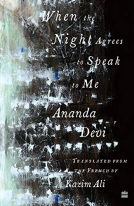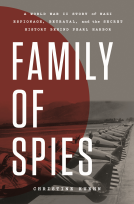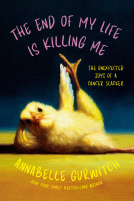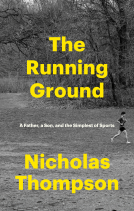
The Hills Reply
by Tarjei Vesaas
This title was previously available on NetGalley and is now archived.
Send NetGalley books directly to your Kindle or Kindle app
1
To read on a Kindle or Kindle app, please add kindle@netgalley.com as an approved email address to receive files in your Amazon account. Click here for step-by-step instructions.
2
Also find your Kindle email address within your Amazon account, and enter it here.
Pub Date Dec 10 2019 | Archive Date Oct 25 2019
Talking about this book? Use #TheHillsReply #NetGalley. More hashtag tips!
Description
An intensely graceful novel recounting scenes of the Norwegian countryside from one of Norway's most beloved 20th-century writers
Tarjei Vesaas’s final work, The Hills Reply, is a flow of intensely lyrical autobiographical scenes. The vivid beauty of the wilds of Norway grounds the narrator’s interior flashes.
The first sketch finds a boy, his father, and their packhorse clearing a logging road buried in snow as their surroundings give way to a crisis. Profound insights into human behavior, solitude, and nonverbal communication stand up to the power and immensity of the natural world. The land speaks to (and at times almost swallows) the central character, as he is pushed to the edge of what a body and mind can endure.
The hypnotic pulse of Vesaas’s prose blurs the line between memory and hallucination, as it stares bravely into the unblinking eye of Nature. An unforgettable book, The Hills Reply is a visceral salute to the human spirit, to the ecstasy of wilderness, and to their tender overlapping.
Advance Praise
"This final work by one of Norway’s most significant writers of the 20th century has the abstract, colorist strangeness of Matisse’s late wall-hangings. What would happen if landscape entirely superseded people (as if this doesn’t happen when we die). Here’s a beautiful, arresting answer." –John Freeman, Lithub "Tarjei Vesaas is the best and most interesting Norwegian writer after the Second World War. His language is so sensitive, so open to his characters' minds and the landscape they inhabit, that it gives form to that space between - between people and other people, between people and nature - the space where our lives unfold." -Karl Ove Knausgaard "A clear crystal of imagination...a rare kind of masterpiece" -Daily Telegraph "A rare mixture of creative vitality, conviction and artistry." -Guardian "An excellent translation by Elizabeth Rokkan catches the quiet, poetic mood." -Sunday Telegraph "Infinitely calm and strong." -Daily Telegraph "Disturbing and beautiful...elaborate and powerful." -Sunday Times "A book of great strength and beauty." -The Times
Available Editions
| EDITION | Other Format |
| ISBN | 9781939810380 |
| PRICE | $18.00 (USD) |
| PAGES | 272 |
Average rating from 13 members
Readers who liked this book also liked:
Jennifer Love Hewitt
Biographies & Memoirs, Nonfiction (Adult), Parenting, Families, Relationships
Kim Hana; Hwang Sunwoo
Biographies & Memoirs, Nonfiction (Adult), Parenting, Families, Relationships
Annabelle Gurwitch
Biographies & Memoirs, Health, Mind & Body, Humor & Satire
Benjamin Reynaert
Arts & Photography, Home & Garden, Reference


















